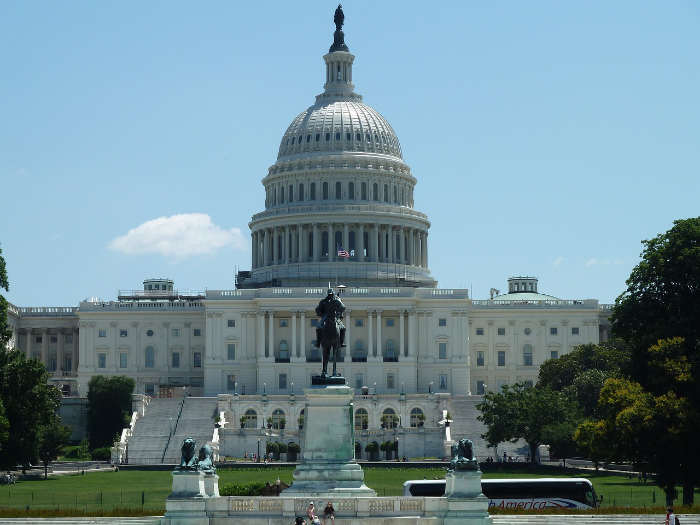Minimum Wage by State 2025
Standard Wage
State | Standard Wage↓ | Tipped Wages | |
|---|---|---|---|
| District of Columbia | $17 | $8 | |
| Washington | $15.74 | $15.74 | |
| California | $15.50 | $15.50 | |
| Connecticut | $15 | $7.62 | |
| Massachusetts | $15 | $6.75 | |
| New York | $15 | ||
| Oregon | $14.20 | $13.50 | |
| New Jersey | $14 | $5.26 | |
| Arizona | $13.85 | $10.85 | |
| Maine | $13.80 | $7 | |
| Colorado | $13.65 | $10.63 | |
| Florida | $13.65 | $8.98 | |
| Maryland | $13.25 | $3.63 | |
| Vermont | $13.18 | $6.28 | |
| Illinois | $13 | $7.80 | |
| Rhode Island | $13 | $3.89 | |
| Missouri | $12 | $6 | |
| New Mexico | $12 | $3 | |
| Virginia | $12 | $2.13 | |
| Delaware | $11.75 | $2.23 | |
| Nevada | $11.25 | $11.25 | |
| Arkansas | $11 | $2.63 | |
| Alaska | $10.85 | $10.85 | |
| South Dakota | $10.80 | $5.40 | |
| Minnesota | $10.59 | $10.33 | |
| Nebraska | $10.50 | $2.13 | |
| Hawaii | $10.10 | $9.35 | |
| Michigan | $10.10 | $3.84 | |
| Ohio | $10.10 | $5.05 | |
| Montana | $9.95 | $9.95 | |
| West Virginia | $8.75 | $2.62 | |
| Alabama | $7.25 | $2.13 | |
| Georgia | $7.25 | $2.13 | |
| Idaho | $7.25 | $3.35 | |
| Indiana | $7.25 | $2.13 | |
| Iowa | $7.25 | $4.35 | |
| Kansas | $7.25 | $2.13 | |
| Kentucky | $7.25 | $2.13 | |
| Louisiana | $7.25 | $2.13 | |
| Mississippi | $7.25 | $2.13 | |
| New Hampshire | $7.25 | $3.26 | |
| North Carolina | $7.25 | $2.13 | |
| North Dakota | $7.25 | $4.86 | |
| Oklahoma | $7.25 | $2.13 | |
| Pennsylvania | $7.25 | $2.83 | |
| South Carolina | $7.25 | $2.13 | |
| Tennessee | $7.25 | $2.13 | |
| Texas | $7.25 | $2.13 | |
| Utah | $7.25 | $2.13 | |
| Wisconsin | $7.25 | $2.33 | |
| Wyoming | $7.25 | $2.13 | |
| United States | $10.50 | $5.38 |
- $7.25 is the Federal Minimum Wage. States may not establish a minimum wage lower than the FMW.
The minimum wage is the lowest hourly wage that an employer can pay an employee for labor. The Fair Labor Standards Act of 1938 (FLSA) set the first federal minimum wage at $0.25 per hour for covered workers. The minimum wage has since then increased a total of 22 times, the most recent in 2009.
The Federal Minimum Wage in the United States is currently $7.25 per hour, according to the Fair Labor Standards Act (FLSA); however, several states have raised their minimum wage higher than the federal minimum. If the state, city, or county minimum wage is higher than the federal minimum wage, employers must pay their workers the higher amount. The numbers in this article are from the National Conference of State Legislatures (NCSL).
State Minimum Wages
29 states and D.C. currently have minimum wages above the federal minimum wage of $7.25.
Washington D.C. currently has the highest minimum wage in the United States at $15.20, followed by California with $15.00. The five highest minimum wages in the United States are located as follows: District of Columbia ($15.20), California ($15.00), Washington ($14.49), Massachusetts ($14.25), and Connecticut ($14.00).
Alabama, Louisiana, Mississippi, South Carolina, and Tennessee have not adopted a state minimum wage and, therefore, adopted the $7.25 federal minimum wage. In addition, new Hampshire repealed its state minimum in 2011, adopting the $7.25 minimum as well.
Gradual Wage Increases
According to this information from the NCSL, several states have enacted legislation to raise their minimum wages by increments over the next several years. One example of these states is New Jersey, where the minimum wage will increase by $1.00 on January 1st of every year until it reaches $15.00 by January 1st, 2024.
Other states who have also enacted future increases to reach a $15.00 minimum wage over the next several years are New York (rate adjusted for inflation after 12/31/2020 until it reaches $15.00), Massachusetts (effective 1/1/2023), Illinois (effective 1/1/2025), Maryland (effective 1/1/2025), and California (effective 1/1/2022). Many other states have also enacted gradual increases to $13.50 and $12.



















